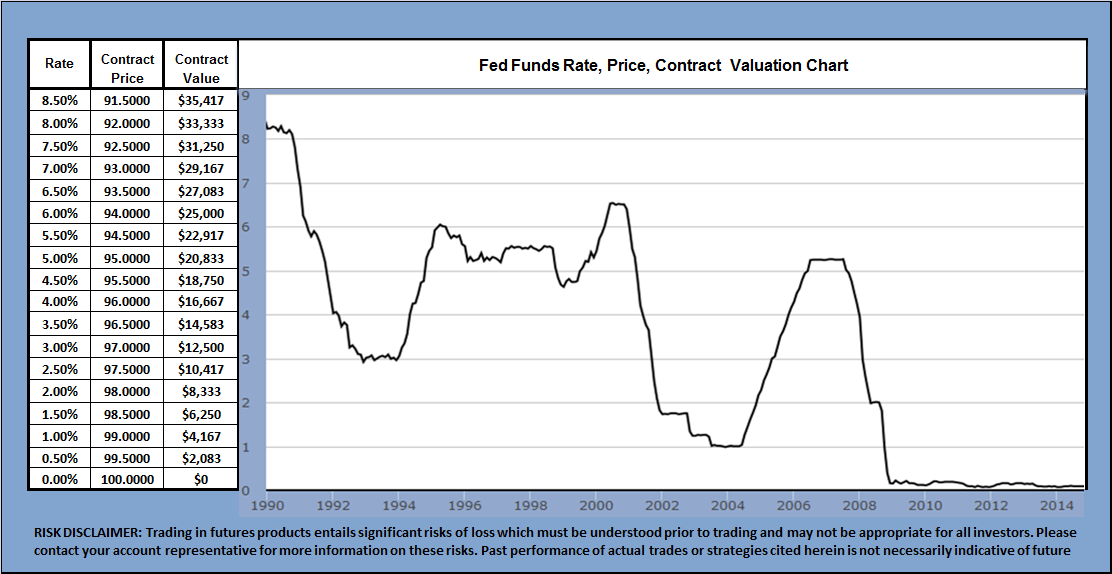

For longer-term goals, such as retirement, it makes sense to look into investing. But you will need to leave the money parked in the account for a predetermined time period - a year or more, for example. Some inflation-matching savings bonds, for example, can earn a better yield than even the best savings rates. If you have a fully funded emergency savings account, and you have extra cash that you don’t need to access right away, it may be worth looking at other short-term options to grow your money. And having that money earn interest is a bonus way to have your dollars work for you. Having at least three to six months’ worth of expenses tucked away in an emergency savings fund is ideal, but anything you can put away would help. Setting aside funds for financial emergencies can help prevent you from going into debt, which can be costly, especially when interest rates rise. So when the inflation rate is significantly higher than the average national savings account rate - as it has been since late last year - it may seem that parking money in a savings account isn’t beneficial.īut the larger reason for saving cash is to have easy access to money in case you need it quickly, say, for an unexpected car repair expense. Inflation erodes spending power, since it means goods and services are more expensive than they were previously. With low rates, why put money in any savings account? Use a savings calculator to determine what your bank balance can be with different APYs and see how your money could grow. High-yield savings accounts may not make you rich, but you’ll automatically earn much more than you would with a lower rate option. That interest would also earn interest over time, a feature known as compound interest. But put that amount in a high-yield savings account that earns a 0.50% APY, and it would earn about $50 after a year.

After a year, that balance would earn only about a dollar in interest. Say you have $10,000 in a savings account that earns a low 0.01% APY, which is typical for large banks. Some consistently offer a low annual percentage yield of around 0.01%, and the current national average savings account rate is only 0.06% APY, according to the Federal Deposit Insurance Corp.īut online savings accounts tend to offer better rates - many times higher than that average - because institutions that offer these accounts don't have to operate expensive branches and can pass the savings on to customers in the form of higher rates and low (or no) fees.Ī higher APY can make a visible contribution to your bank balance. Not every bank will follow others in lifting its rates. Story continues Take advantage by choosing a high-yield accountĪny time there’s a Fed rate increase, it’s a good idea to check the interest rate on your savings accounts and shop around for a better option. If one bank starts, others are likely to follow. This puts competitive pressure on other institutions to increase their rates. In a higher rate environment, banks may start raising rates on savings accounts to attract new customers. After all, when you have a savings account at a bank, you’re effectively letting the bank borrow your money, and the institution pays you interest in return.Ī Fed rate increase doesn’t instantly change the rates your bank offers, but it can lead to an increase for some accounts. Higher interest rates can raise costs for borrowers, but it can also mean higher yields for savers. Though this increase doesn’t seem like much, it’s still likely to have an effect. The new target range is 0.25% to 0.50%, up one-quarter of a percentage point from the previous range of 0% to 0.25%. NerdWallet does not offer advisory or brokerage services, nor does it recommend or advise investors to buy or sell particular stocks, securities or other investments.įederal Reserve officials raised the federal funds rate on Wednesday, March 16, for the first time in more than three years. The investing information provided on this page is for educational purposes only.


 0 kommentar(er)
0 kommentar(er)
